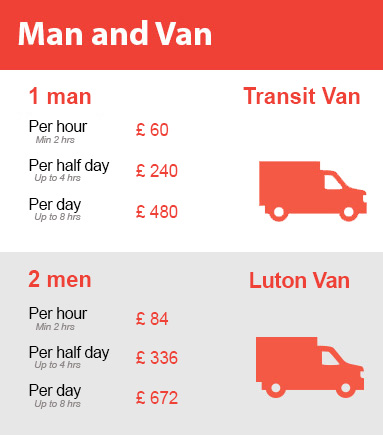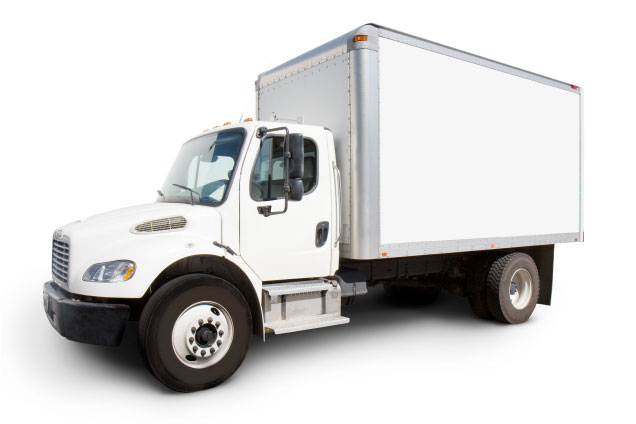Navigating the challenges of piano relocation
Posted on 22/06/2025
Navigating the Challenges of Piano Relocation: A Comprehensive Guide
Piano relocation is not just about heavy lifting; it's an intricate operation that involves careful planning, specialized skills, and the right equipment. Whether you own an upright, grand, or baby grand, moving a piano safely is no simple feat. Any misstep can lead to costly repairs, personal injury, or irreparable damage to a treasured instrument.
In this detailed guide, we'll explore the complexities of piano moving, highlight best practices, offer expert tips, and provide you with the knowledge needed to make a smooth transition. If you're preparing for a big move or are simply curious about the unique demands of piano transport, read on.

Why Is Piano Moving So Challenging?
Pianos are not just bulky--these musical masterpieces are also remarkably delicate. Understanding why relocating a piano is uniquely challenging can help you navigate piano relocation more effectively:
- Size and Weight: Pianos can weigh anywhere between 300 and over 1,400 pounds. Their large size often makes them awkward to maneuver, especially around tight corners or narrow staircases.
- Fragile Components: Inside every piano are thousands of moving parts. The combination of wood, metal, and felt is easily damaged if handled improperly.
- Irreplaceable Value: Many pianos, especially vintage or custom-built models, are priceless. They often hold sentimental value and are family heirlooms passed down through generations.
- Complex Construction: The construction of grand and upright pianos makes them particularly vulnerable to sudden movements, humidity changes, and temperature fluctuations.
Types of Pianos and Their Moving Considerations
Not all pianos are moved the same way. Navigating the difficulties of piano relocation means understanding the specific needs of each type:
- Upright pianos: Compact but heavy, upright pianos are easier to maneuver through doorways but still require several strong people and proper equipment.
- Grand pianos: Larger models often demand disassembly of the legs, pedals, and music stand. Their long keys and delicate harp make them especially fragile during transit.
- Baby grand pianos: Slightly smaller, but their shape still necessitates special handling and protection--especially for the legs and lid.
Critical Steps to Prepare for Piano Relocation
Before the move, thorough preparation is essential. Here's how to set yourself up for a safe and successful piano transfer:
1. Choose the Right Movers
Hiring a company that specializes in piano moving is crucial. General movers may not possess the expertise or equipment required. When selecting a mover, verify their experience with piano relocation through references and reviews. Look for:
- Proper licensing and insurance coverage
- Specific experience with your type of piano
- Use of piano boards, skid plates, and dollies
- Sufficient manpower for the size of your piano
2. Measure All Pathways
Before moving day, measure every hallway, door frame, elevator, and staircase along the relocation route. Compare these to your piano's dimensions, accounting for any angle adjustments needed. Don't forget to include thresholds and tight corners. Proper measurement prevents last-minute roadblocks and potential damage.
3. Protect Your Piano
High-quality moving blankets, padding, and shrink wrap are essential. These protect the finish from scratches and guard fragile components. For grand pianos, remove and pad the legs, pedals, and music rack separately. Secure all moving parts with heavy-duty straps designed for piano transport.
4. Plan for Difficult Terrain
Stairs, steep driveways, and uneven surfaces add complexity. Survey the area on both ends of the move: is there gravel, mud, or snow? Are there tight turns inside the house? A reliable moving team should be prepared with ramps and special equipment.
5. Secure Adequate Transport
Moving trucks carrying pianos must have hydraulic lifts or sturdy ramps. Inside, pianos should be anchored using special straps to prevent shifting during transit. The interior climate should be regulated if possible to avoid moisture or extreme temperatures.
Common Challenges in Piano Moving (And How to Overcome Them)
Staircases and Multi-Level Homes
Stairs are one of the biggest obstacles when relocating a piano. Professional piano movers use specialized dollies, ramps, and even furniture sliders. In some complex cases, hoists, pulleys, or cranes may be used to move a piano through a window or balcony. Never try to navigate multiple stairs with a piano by yourself.
Tight Doorways and Angled Halls
Piano relocation experts map out these obstacles ahead of time. For upright pianos, doors may need to be temporarily removed. Grand pianos might be carried at an angle, requiring advanced coordination and experience.
Protecting Floors and Walls
Pianos can easily scuff or damage floors--especially hardwood or tile--and dent walls during turns. Use thick blankets, sliders, or temporary protective sheets. Don't drag the piano, which can put strain on both the instrument and flooring.
Climate and Humidity Concerns
Pianos are highly sensitive to climate changes. Sudden shifts in humidity or temperature during a move can affect tuning, soundboard, and structural integrity. To protect your piano:
- Keep transit time short and avoid moves during extreme weather.
- Choose climate-controlled moving vehicles whenever possible.
- Let the piano acclimate at the new location before tuning or playing.
DIY vs. Professional Piano Relocation
Some piano owners consider moving their instrument themselves to save cost. While small upright pianos sometimes can be moved with strong helpers, larger grand pianos and longer distances should always be handled by experts.
Here's why professional piano movers are worth it:
- Specialized Training: Professionals know how to disassemble, lift, maneuver, and reassemble pianos without causing damage.
- Insurance: Professional companies carry insurance to cover any rare accidents or mishaps.
- Efficient Equipment: They own all the right tools: piano boards, lifts, dollies, climate-controlled trucks, and safety straps.
- Peace of Mind: You can relax knowing your cherished instrument is in skilled hands.
If you still choose to DIY, ensure you have at least 3-4 strong helpers, padded blankets, heavy-duty straps, and a plan for each step of the journey. Prioritize safety for both people and property above all.
Packing and Unpacking Your Piano: Tips for Safe Handling
Packing Your Piano
- Remove all loose parts: Sheet music stands, pedal lyres, and caster cups should be packed separately.
- Wrap the piano in blankets or padding, securing with stretch wrap or packing tape. Avoid adhesive on the piano's surface.
- Don't place anything on top of the piano during the move to protect the delicate finish.
Unpacking at the Destination
- Allow the piano to reach room temperature and stabilize for at least 24 hours before unwrapping.
- Carefully reattach all parts and inspect for any damage.
- Wait 2-3 weeks after the move before tuning to allow the instrument to acclimate to its new environment.
After the Move: Caring for Your Piano
Successfully completing a piano relocation doesn't end with setting your instrument down. Here's how to ensure your piano stays in top shape after the move:
- Inspect for Damage: Look for scratches, chips, or any mechanical issues.
- Acclimate Slowly: Let the piano sit undisturbed as it adjusts to its new space, controlling for temperature and humidity.
- Professional Tuning: Schedule a tuning appointment a few weeks after the move to restore pitch and tone.
- Monitor Humidity: Use a humidifier or dehumidifier as needed, and consider a climate control system for long-term care.

FAQs on Navigating Piano Moving Challenges
How much does it usually cost to move a piano?
Costs vary depending on distance, piano type, difficulty level, and whether stairs or special equipment are needed. Expect local moves to range from $150 to $500, while interstate relocations can exceed $1,000. Always request a detailed estimate from professional piano movers.
When should I tune my piano after moving?
Wait 2-3 weeks before tuning, allowing the piano to acclimate to its new environment fully. Environmental changes during transit can temporarily affect the instrument's stability.
What can I do to prevent damage during a move?
- Hire experienced piano movers.
- Use protective padding and equipment.
- Measure all pathways in advance.
- Control the climate as much as possible.
Can any moving company relocate my piano?
No. Only choose movers with proven piano relocation experience, proper tools, and insurance. This minimizes risk and ensures professional handling.
Conclusion: Mastering the Art of Piano Relocation
Navigating the challenges of piano relocation requires expertise, preparation, and a keen understanding of both your instrument and the logistical obstacles of the move. By hiring qualified professionals, preparing your piano and pathways, and caring for your instrument before, during, and after the transfer, you greatly reduce the risk to your beloved piano.
Remember: a piano is more than a piece of furniture--it's a finely-tuned work of art. Treating it with care throughout the moving process ensures it provides music and joy for years to come. If you're planning a move, invest in skilled piano movers and follow these tips to safeguard your treasured instrument every step of the way.
Looking for trusted piano relocation experts? Start with reputable local or national companies, request references, and prioritize skill and safety over cost. When it comes to pianos, there are no shortcuts--only the careful, professional touch your music deserves.





